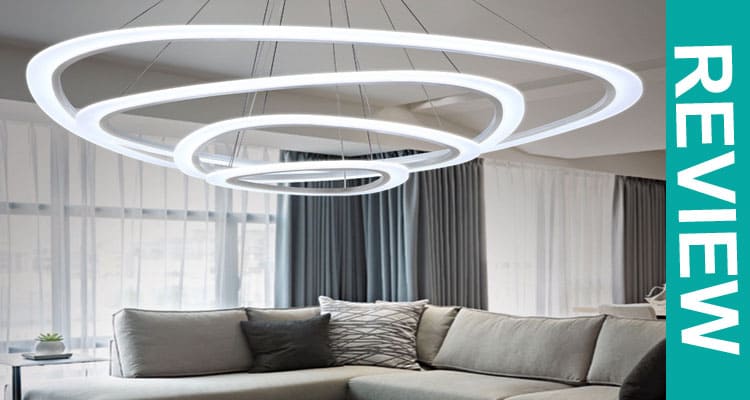LED lamps and lamps are no longer a novelty, but often an ordinary person does not understand what he buys at all in a store and whether a simple light bulb can somehow affect his health. The fact is that the quality of a light source is not determined by its power and how much light it gives off. These are only quantitative indicators, the indicator of the quality of light is the ripple coefficient and the color rendering index.
Table of Contents
What determines the quality of lamps?
As already mentioned, the quality of the lamps is determined not by their brightness, but by such indicators as the ripple coefficient and the color rendering index. These two characteristics determine both your perception of light and your well-being. If you want to know LED shop light fixtures, make sure you determine how much features it contains.
You may have noticed that when you spend a lot of time, for example, in a garage with old fluorescent lamps, sometimes a headache starts and there is a certain feeling of an unnatural environment, and if you go out into the sun, everything seems much richer and more pleasing to the eye. And it’s not about the lighting itself. We’ll look at the definitions of some of the basic terms later.
Color temperature
The main parameter that affects the shade of white light is the color temperature. It is measured in degrees Kelvin. For example, 4000º Kelvin is denoted as 4000 K. The color of the glow depends on the spectral composition of the light emitted by the LED. In LED lighting, it is white light that is the temperature range from 4000 to 6000 K. At the same time, 4000 K is comfortable white, 5000 K is neutral white and 6000 K is cold white light.
Light flow
Luminous flux is the power of the emitted light energy. We emphasize the word “light energy” once again, since, for example, incandescent lamps emit, in addition to light, also significant thermal energy, which is why an incandescent lamp will have a much lower luminous flux than LEDs with the same energy consumption. The unit of measurement of the luminous flux is Lumen (LM). The higher this indicator, the lighter is emitted by the lamp, the higher the illumination will be. Always buy LED lights from reliable brands like Lepro lighting which have a proven record of quality.
Illumination
You have probably heard about such a quantity as Lux (Lx). This value shows how well (or poorly) the surface is illuminated. That is, this is already a characteristic of the working area or space, and not your lamp or light bulb. Illumination directly depends not only on the value of the luminous flux (lamp power), but also on the distance to the light source. 1 Lux = 1 Lumen / 1m2.
Brightness
How much the light energy of an LED is emitted – its brightness tells us. This parameter mainly depends on the supply voltage. When the batteries in your flashlight begin to run out, the flashlight does not shine as brightly, and when fully charged, the glow is barely noticeable. A decrease in brightness can also be observed during voltage dips of the 220V network. It should be noted here that many LED lamps, including all our TL luminaires, have built-in buck converters and all kinds of protections against over / undervoltage, mains ripple, etc., due to which a decrease in brightness, in the event of a voltage drop, you will not see on such LEDs.
Conclusion
It should be noted that the brightness is independent of distance and viewing angle and is an indicator of the work of the electric current passing through the LED. However, one important point arises here. An incandescent lamp can visually glow brighter than an LED flashlight, but it will illuminate worse and, moreover, consume more energy. Therefore, for a qualitative assessment of the emitted light, such a concept as luminous flux is used.
Also Read – Things You Should Consider Before Signing up for Internet


